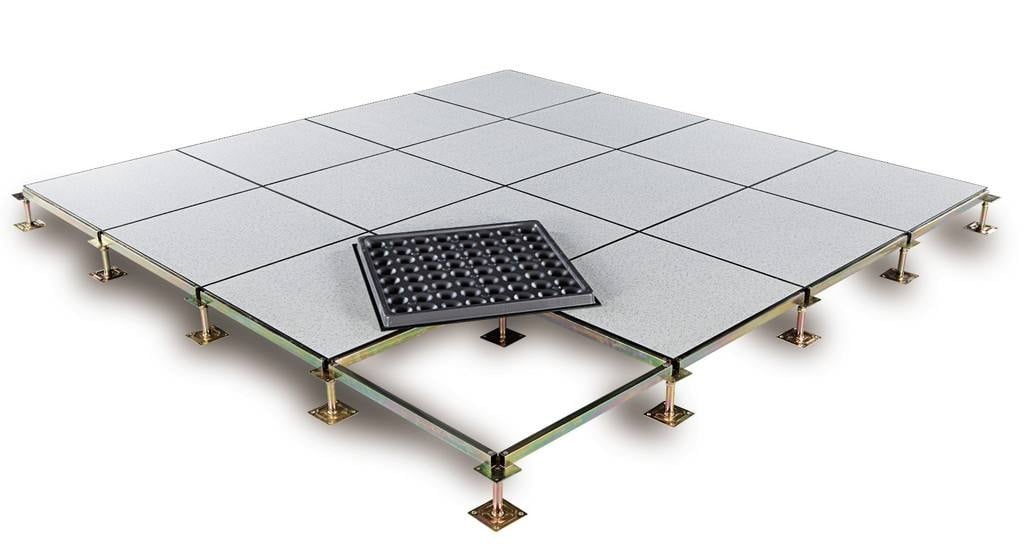
Image Source: Google
When it comes to creating sustainable and energy-efficient buildings, every design choice matters. Access floors are an innovative solution that not only offers flexibility and scalability in design but also contributes significantly to improved energy efficiency. By incorporating access floors into your building design, you can achieve a more sustainable and environmentally friendly space. To get more details about access floor, you can visit this site.
The Benefits of Access Floors
Improved Air Circulation
- Access floors create a plenum underneath the floor where air can circulate freely.
- This improves air quality and ventilation in the building, reducing the need for additional HVAC systems.
Enhanced Cooling Efficiency
- The air circulation provided by access floors helps to distribute cool air more efficiently throughout the building.
- This can result in lower energy consumption for cooling systems and reduced electricity costs.
Increased Flexibility in Design
- Access floors allow for easy reconfiguration of space and installation of new technology without major disruptions.
- This flexibility can accommodate changes in the layout and requirements of the building over time, extending its lifespan.
Energy Efficiency and Sustainability
Access floors play a crucial role in improving the energy efficiency of buildings, which has a direct impact on sustainability. By incorporating access floors into your design, you can achieve the following benefits:
Reduced Energy Consumption
- Improved air circulation and cooling efficiency help reduce the energy consumption of HVAC systems.
- This leads to lower electricity bills and a smaller carbon footprint for the building.
Optimized Space Utilization
- Access floors allow for better utilization of space by accommodating underfloor cabling and services.
- This eliminates the need for additional storage space or obtrusive wiring, creating a more efficient layout.
Long-Term Cost Savings
- By improving energy efficiency and flexibility in design, access floors can result in long-term cost savings for building owners.
- Reduced energy costs, lower maintenance expenses, and extended lifespan contribute to overall financial sustainability.
Case Studies
Corporate Office Building
In a corporate office building that implemented access floors, the following outcomes were observed:
- Energy consumption for heating and cooling was reduced by 15% annually.
- The building layout was easily reconfigured to accommodate a growing workforce without major construction work.
- Maintenance costs decreased due to easier access to underfloor services.
Data Center Facility
In a data center facility with access floors, the following benefits were realized:
- Cooling efficiency improved by 20%, leading to significant energy savings.
- Space utilization was optimized, allowing for more server racks to be installed without compromising airflow.
- The flexibility of the access floors facilitated quick upgrades to the IT infrastructure as needed.
Conclusion
Designing for sustainability is a critical consideration for modern buildings, and access floors offer a practical solution to improve energy efficiency and optimize space utilization. By incorporating access floors into your building design, you can create a more environmentally friendly and cost-effective space that meets the evolving needs of occupants and technology.